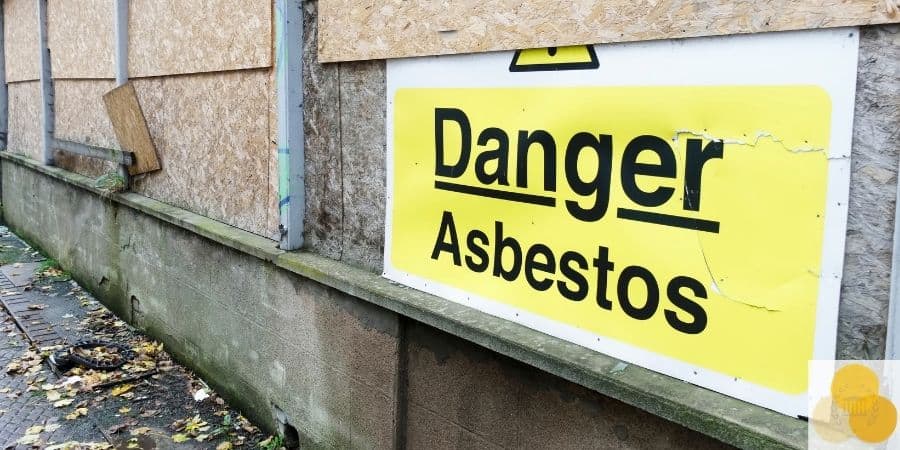How to sue for chemical exposure?
Sometimes, it only starts with persistent coughs and headaches, and later short of breath after a few steps on the stairs. You give in to your spouse’s insistence and go for a medical check-up. The doctor looks at the chest X-ray and turns to you. The results confirm the presence of malignant cells; its stage two of lung cancer. The background information you provide points to your workplace, the prolonged exposure to chemical fumes. You may finally have a sudden realization that such cases are rare occurrences but rather strikingly common.
How people get exposed
Chemicals are all around our environment – in our water, soil, and the air we breathe. They can get into our system in direct ways, including inhalation of hazardous vapor or skin irritation and indirect ways, such as when we consume contaminated food.
Industrial factories are chemical hotspots. Products being manufactured could require toxic elements, and workers operating the plant or handling storage are thus exposed. Also, drinking water may be contaminated when chemicals get drained into its sources. Additionally, if waste is not adequately disposed of, some of these harmful substances contaminate soil, hence putting the food grown on such soil at risk of poisoning consumers.
Types of Toxic Exposure
There are many ways to have toxic exposure. Below are a few common types.
- Asbestos: Asbestos exposure has been linked to various life-threatening conditions, such as lung cancer and malignant mesothelioma. After being exposed to asbestos, a person inhales silica particles, which causes scar tissue to develop in the lungs. This type of exposure is much more common in industrial plants that produce asbestos-related products, or older buildings that have asbestos insulation.
- Water Contamination: Water contamination can happen in various ways, including improper use of household chemicals, agricultural runoff, water and waste treatment plants, and toxic waste landfills.
- Soil Contamination: When a body of water is contaminated with chemicals or heavy metals, this can cause soil contamination. Soil contaminants can enter your body through skin contact, inhalation, and ingestion.
- Industrial & Household Chemicals: Cleaners, sanitizers, glues, paints and thinners are hazardous chemicals and can be dangerous. If too much of some of these chemicals are ingested, they can do some unfortunate damage.
- Hazardous Waste: Industrial factories that utilize toxic chemicals and eventually need to get rid of these may do so in an inappropriate manner, failing to obtain permits. If disposed of in the wrong way, these chemicals can pose serious threats to both workers and residents nearby.
- Pesticides: Some pesticides that are kill insects are also known to cause damage to humans as well.
- Metal Poisoning: Exposure to metals such as lead, mercury, and manganese can cause many unfortunate complications in humans.
- Mold: Some molds that invade homes, commercial buildings, and schools can cause illness and sometimes worse. Some of the types of mold that can cause illness are called Stachybotrys atra, Aspergillus, Chaetomium & Penicillium.
- Carbon Monoxide: Carbon monoxide poisoning is a common occurrence in homes. Carbon monoxide exposure can come from space heaters, grills, water heaters, propane heaters and stoves, spray paint, solvents and more.
Chemical Effects
These toxic substances affect people in many different ways. Some are subtle and are only realized after a while, but others appear immediately. Sometimes, our bodies unknowingly are fighting against these foreign substances, and therefore we only exhibit severe symptoms much later down the line. However, this doesn’t mean that there are no traces of these chemicals in your bloodstream from the beginning.
Those having underlying conditions are more prone than those relatively healthy. For example, an asthmatic individual will experience chest blockage faster than someone else who is healthy. Others that are more at risk include the elderly and young children. Such toxic chemicals could take a severe toll on their health.
Legal implications
If you are considering filing a lawsuit against someone for exposing you to toxic chemicals, you’ll need sufficient evidence for your claims to be validated. As the plaintiff, you will have to prove that you had exposure to the toxic materials, that this exposure caused your illness, that the defendant is responsible for your current deteriorated health. This is not a simple task. You should strongly consider hiring a toxic exposure lawyer to help you with this case. They will know how to prove exposure and demonstrate negligence. They will probably also have a list of doctors with whom they consult to get professional medical advice.

Preparing for a toxic exposure lawsuit
When filing a toxic exposure lawsuit, the plaintiff must prove:
- That the defect was there at the time of purchase.
- That it caused the damage.
- That the plaintiff didn’t know about the hazard before using the product in the instructed manner.
If the defendant can prove any of these wrong, then the injured person will lose their case. Please make sure you do your homework on which type of case to present and the evidence necessary before engaging in a costly and time-consuming product liability lawsuit.







